
Pretty Woman is a 1990 American romantic comedy film directed by Garry Marshall, from a screenplay by J. F. Lawton. The film stars Julia Roberts and Richard Gere, and features Héctor Elizondo, Ralph Bellamy, Laura San Giacomo, and Jason Alexander in supporting roles.
The following is an overview of 1922 in film, including significant events, a list of films released and notable births and deaths.
1917 in film was a particularly fruitful year for the art form, and is often cited as one of the years in the decade which contributed to the medium the most, along with 1913. Secondarily the year saw a limited global embrace of narrative film-making and featured innovative techniques such as continuity cutting. Primarily, the year is an American landmark, as 1917 is the first year where the narrative and visual style is typified as "Classical Hollywood".

Elliott Gould is an American actor. He began acting in Hollywood films during the 1960s.
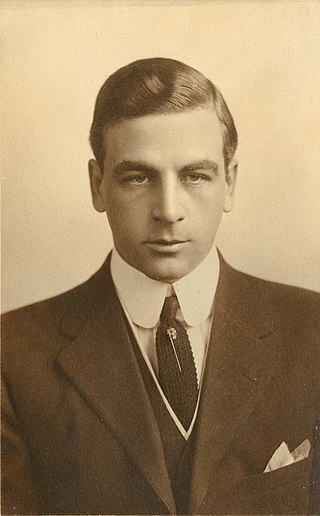
Milton George Gustavus Sills was an American stage and film actor of the early twentieth century.
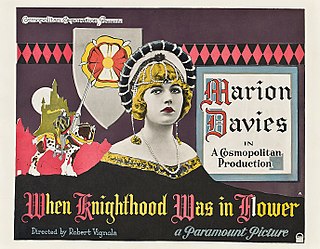
When Knighthood Was in Flower is a 1922 American silent historical film directed by Robert G. Vignola, based on the novel by Charles Major and play by Paul Kester. The film was produced by William Randolph Hearst for Marion Davies and distributed by Paramount Pictures. This was William Powell's second film. The story was re-filmed by Walt Disney in 1953 as The Sword and the Rose, directed by Ken Annakin.

The Third Degree is a 1919 American silent crime drama directed by Tom Terriss produced and distributed by the Vitagraph Company of America. It is based on the 1909 play of the same name by Charles Klein.
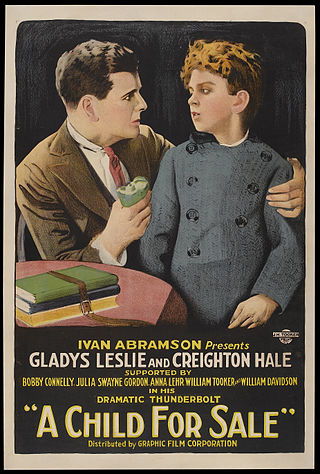
A Child for Sale is a lost 1920 American silent drama film directed by Ivan Abramson, starring Gladys Leslie and Creighton Hale.
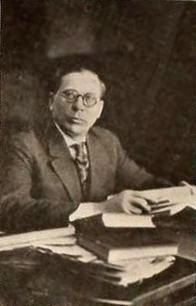
Ivan Abramson was a director of American silent films in the 1910s and 1920s.
Samuel Edwin McKim was an actor and director of American silent films. He had directed films for Lubin Manufacturing Company, among other companies.

One Law for Both is a 1917 American silent drama film directed by Ivan Abramson.
The Woman on the Rack is a 1928 German silent drama film directed by Robert Wiene and starring Lili Damita, Vladimir Gajdarov, and Johannes Riemann. It was also known by the alternative title A Scandal in Paris. It was based on a British play by Edward Hemmerde and Francis Neilson. The wife of a British aristocratic politician, who is neglected by her husband, resists an attempt to break them up. When her husband discovers what he mistakenly believes to be a dalliance with another man he begins divorce proceedings. Eventually the truth comes out and the couple reconcile. The film was not considered one of Wiene's greatest achievements, but he was praised for directing with his usual competence while Damita's performance as Lady Admaston was hailed.

The Fast Set is a 1924 American silent comedy-drama film directed by William C. deMille and starring Betty Compson. The film is based on the 1923 Broadway play, Spring Cleaning, by Frederick Lonsdale.

The Block Signal is 1926 silent drama film directed by Frank O'Connor and starring Ralph Lewis, Jean Arthur and Hugh Allan. It was produced by the independent company Gotham Pictures.
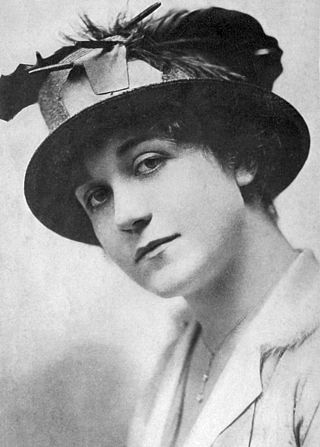
Myrtle Tannehill Nichols was an American actress on stage and in silent films.
Edgar Jones also known as Ed Jones and as "Pardner" Jones, was an American actor, producer, and director of films. He starred in and directed the adaptation of Mildred Mason's The Gold in the Crock. He also starred in and directed Siegmund Lubin films including Fitzhugh's Ride. He established a film production business in Augusta, Maine that produced adaptations of Holman Day novels.

Paddy O'Hara is a 1917 American silent adventure film directed by Walter Edwards and starring William Desmond, Mary McIvor and Robert McKim. The film's sets were designed by the art director Robert Brunton.
The Satin Girl is a 1923 American silent drama film directed by Arthur Rosson and starring Mabel Forrest, Norman Kerry and Marc McDermott. The main themes of the film are amnesia and brainwashing. Lenore Vance, the main character, loses her memory due to shock. A wicked uncle reprograms her into a robber.
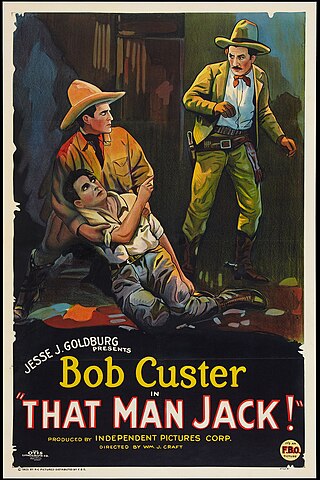
That Man Jack! is a 1925 American silent Western film directed by William James Craft and starring Bob Custer, Mary Beth Milford, and Hayford Hobbs.

The Other Woman is a 1918 American silent drama film directed by Albert Parker and starring Peggy Hyland, Milton Sills and Anna Lehr.














